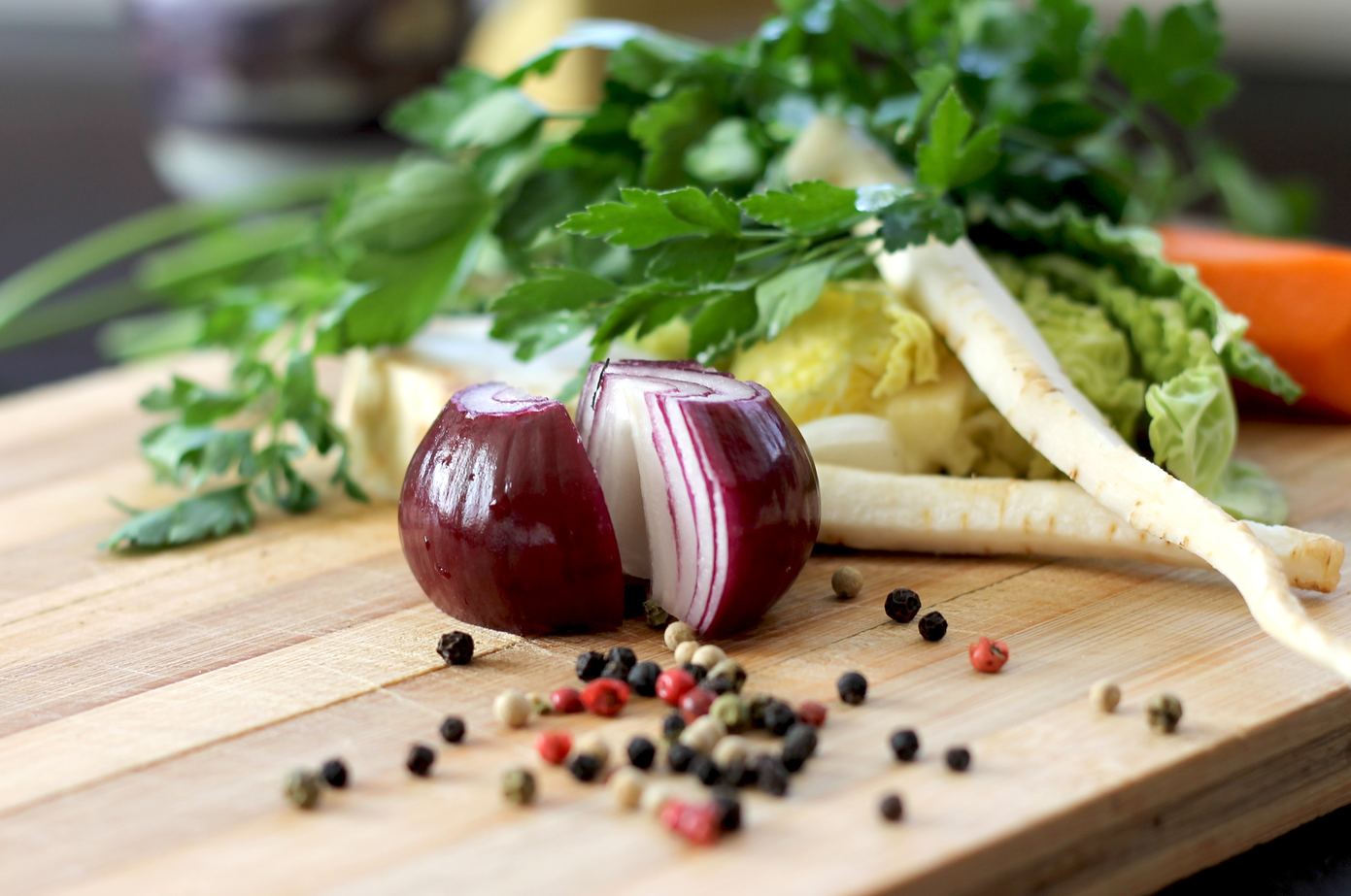Kitchen Planning
Functional kitchen design for cook-a-holics
04.05.2018
Kitchen Planning
04.05.2018


One of the great things about kitchens is that you can design them to reflect your personality, your routine and your lifestyle. If you love hosting dinner parties and catering to your friends, your kitchen might feature a small cocktail bar, a grand dining table, plush seating in the corner, or a spacious kitchen island in the centre. Large families might prefer a kid-friendly kitchen with softer materials with rounded edges, cabinets with safety latches and plenty of fun additions like in-built chalkboards or kitchen step-ladders that encourage the kids to take part. However, there are many homeowners who love their kitchens simply because they love to cook.
Of course, every kitchen is built to be a practical space. While they can quite easily double up as social hubs or eating areas, their primary function is always to keep the household well fed. Preparing and cooking meals, storing food and kitchenware and cleaning up dirty dishes are just some of the tasks that good kitchen design should accommodate. But for the cook-a-holic, this design must take on a new level of meaning. When you’re cooking purely out of enjoyment (as opposed to necessity), the function of a kitchen is not just to help you perform certain tasks, but rather to help you relax, create and have fun. So what would a functional kitchen design based around the enjoyment of cooking look like? Here are a few of our ideas…
Efficiency is key if your kitchen is going to be ideal for cooking. The room should be designed to aid movement and increase productivity when performing several different tasks at once. Hobs and ovens, fridges and freezers, sinks and dishwashers and storage units should be intrinsically linked. When moving food from your fridge, onto your counter and into your oven, there should be nothing blocking your path and slowing you down.
To maximise efficiency in this way, try using the time-tested idea of the kitchen work triangle. The three main zones in your kitchen (the cooking zone, storage zone and cleaning zone) should be positioned such that they form a proportionate and balanced triangle. This way, impassioned cooks can worry less about carrying dishes and reaching around in cabinets, instead focussing only on their tasty creations.
The average kitchen may not have enough space for enthusiastic cooks to prepare their meals, with shallow countertops or cramped kitchen islands. But with a more functional kitchen design, there should be plenty of room to prepare lots of ingredients and cook large batches of food, preferably at the same time. There are several ways in which you can achieve more space:
Those with a passion for a particular type of cuisine could make their speciality an integral part of their kitchen design. This is a not only a great way of reflecting your love of a certain cuisine, but also a way of appreciating the culture to which that cuisine belongs, all through your interior. Kitchens around the world show great variation, with each designed to accommodate certain types of food, methods of cooking, as well as different social functions and traditions.
By decking out your kitchen with tools and utensils particular to your favourite type of cuisine, you can practice the skills and methods required to make continental or Asian dishes in the comfort of your own home – all while adding an element of interest to the design of your kitchen! Draw on the grand walnut cabinets of Spanish kitchens, the intricate tiles of Moroccan kitchens, or the compact and modular layout of Japanese kitchens.
Since avid cooks will probably be using their kitchens a lot more than the average homeowner, they would benefit from designing a kitchen that can take a little bit more of a beating. Indeed, all kitchens should aim to be durable, but there are certain features in professional kitchens – natural materials, dependable furniture, quality appliances, etc. – that give them that extra edge.
Why not enjoy this level of durability in your own kitchen? With your kitchen countertops, consider investing in the most hard-wearing materials like granite, quartz, stainless steel and recycled glass. Benefit from appliances that are built to last a lifetime by opting for the most reliable brands, focussing mainly on sustainable models (i.e. those with higher energy efficiency ratings). Remove and replace anything that is prone to breaking and that does not aid your cooking – and we’re not just talking about expensive structural things here. It’s important that accessories are durable too! Instead of keeping an arsenal of blunt and dated knives in your kitchen drawer, save up for a set of knives that are durable, high-quality and chef-standard.
For a helping hand with designing your new kitchen and a chat with our professional designers, get in touch the award-winning team at Burnhill Kitchens! We are happy to offer you our expertise in functional kitchen design.
Our design and consultation process is free of charge, and we’ll work closely with you to devise our ideal kitchen before figuring out the next steps. With our expert team of designers and fitters creating four kitchens a week, you won’t regret giving us a call!